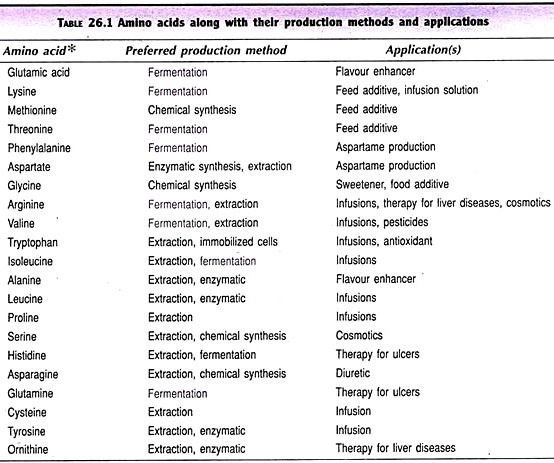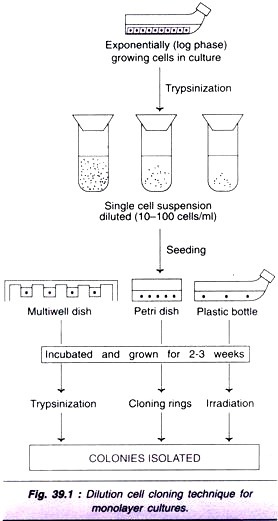In all cell culture media, the aqueous solution of the substrate has two major components, water and substrate.
During cultivation of cells in the medium, surface active material may be produced or need to be added for certain purposes.
If oxygen or air is passed in the medium during cultivation, it has to be transferred to cells properly for its participation in the cellular pathway. Figure 5.1 depicts the oxygen transfer pathway in a typical aerobic microbial cell reaction system to reach oxygen from the gas phase to the cell surface through the liquid pathway.
Extracellular Pathways in Liquid:
It has been clearly shown by Finn that in a cell culture system, the rate-controlling step for oxygen transfer is that from gaseous bubble interface to the bulk of the liquid. Therefore, it is primarily an engineering task to provide the microorganism with adequate oxygen for various end results. In aerobic submerged cultures, cells remain immersed throughout the liquid broth.
Oxygen or air is purged and aerated for absorption by its passage from the gas phase in bubbles to culture liquid and then to cells. As shown by Finn, this transfer of oxygen from the gas phase to liquid and then to cell frequently becomes a critical factor in fermentation, the reason being the low solubility of oxygen in culture medium. This depends on several steps, each of which encounters certain resistance.
In order to assess the efficiency of this aeration process, engineers have defined the rate of transfer equal to the product of the mass conduction (diffusivity) times the concentration driving force. For an aerobic fermentation, this rate of oxygen transfer has been expressed as:
Rate of oxygen transfer or demand = Diffusivity of oxygen in liquid x Oxygen concentration gradient (driving force)
Following the dissolution of oxygen from bubbles in the local liquid, the oxygen has to pass through the bulk liquid path to reach equilibrium concentration. Therefore, it has been possible to represent the local transfer or rate per unit area by the following equation:
In this equation, KL = D/h is the mass transfer coefficient for oxygen transport from the gas bubble interface to the liquid interface with gas. CL is the oxygen concentration in the bulk liquid, C* is the oxygen concentration in equilibrium with the oxygen partial pressure at the bubble interface, D is the molecular diffusivity of oxygen in the liquid (cm2/h), and h is the assumed liquid film thickness around the bubble transfer surface area (cm). In fermentation bioreactor the mass transfer concern in fermentations is that of oxygen transfer. CO2 ventilation could be important. However, definitive studies to show the importance of the latter have not been undertaken.
The data of Fiechter and von Meyenburg (Biotech. Bioeng. 10, 535, and 1968) for the batch growth of S. cerevisiae on glucose medium is reasonably typical of the events that can occur in fermentation. It is to be noted that in this particular case the maximum CO2 ventilation rate (29 millimoles/liter-hr.) is much larger than the maximum O2 uptake (4.2 millimoles/liter-hr.) and is not coincidental with it. Also it is to note that neither transfer rate is very high as a well designed fermenter should have the capability of transferring up to 250 millimoles O2/liter-hr.

